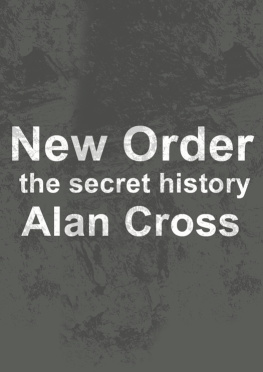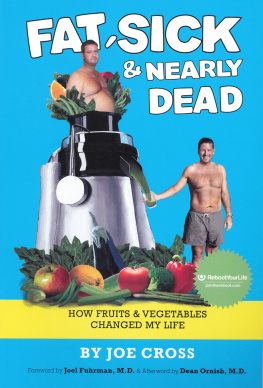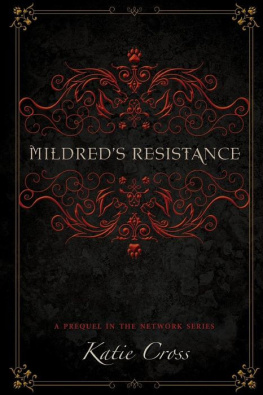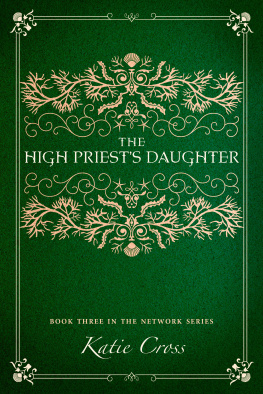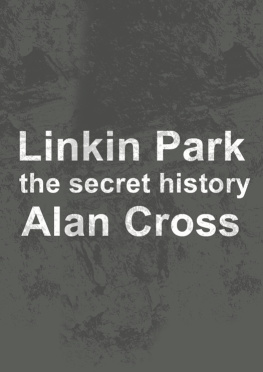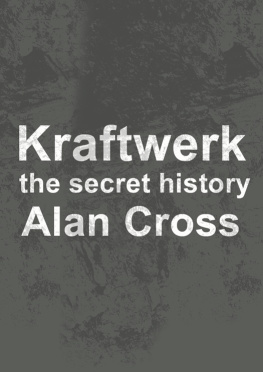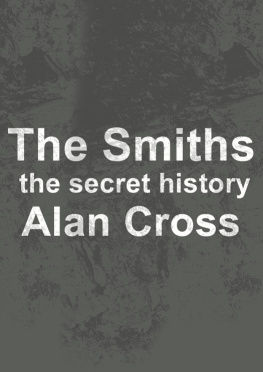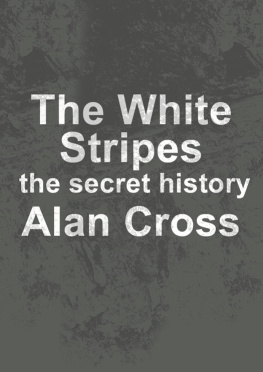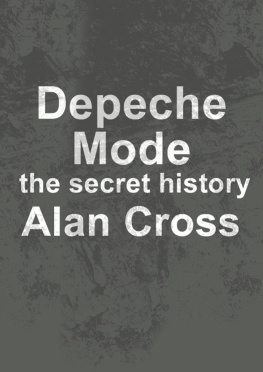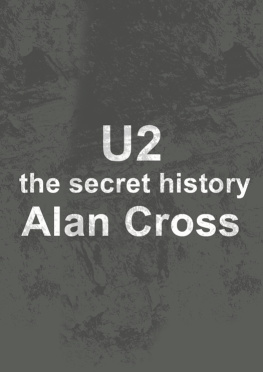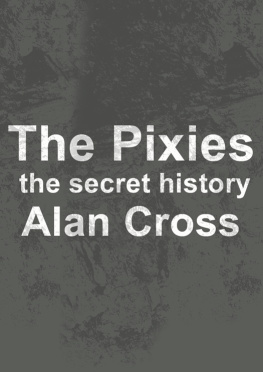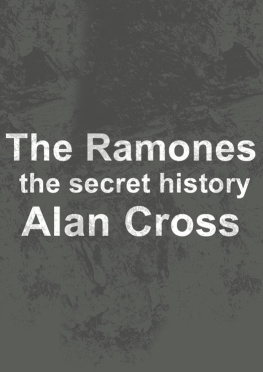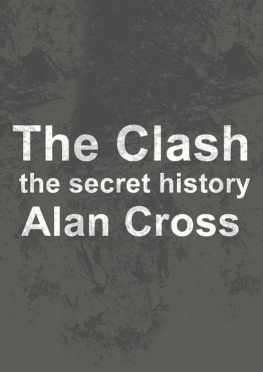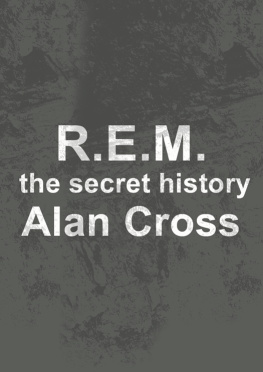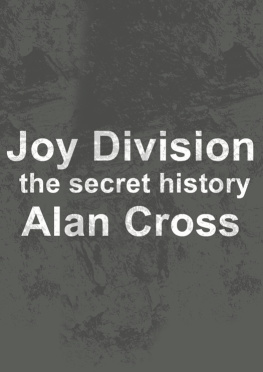Cross - New order: the secret history
Here you can read online Cross - New order: the secret history full text of the book (entire story) in english for free. Download pdf and epub, get meaning, cover and reviews about this ebook. year: 2011;2014, publisher: HarperCollins Canada;Audio Joe, genre: Home and family. Description of the work, (preface) as well as reviews are available. Best literature library LitArk.com created for fans of good reading and offers a wide selection of genres:
Romance novel
Science fiction
Adventure
Detective
Science
History
Home and family
Prose
Art
Politics
Computer
Non-fiction
Religion
Business
Children
Humor
Choose a favorite category and find really read worthwhile books. Enjoy immersion in the world of imagination, feel the emotions of the characters or learn something new for yourself, make an fascinating discovery.
- Book:New order: the secret history
- Author:
- Publisher:HarperCollins Canada;Audio Joe
- Genre:
- Year:2011;2014
- Rating:3 / 5
- Favourites:Add to favourites
- Your mark:
- 60
- 1
- 2
- 3
- 4
- 5
New order: the secret history: summary, description and annotation
We offer to read an annotation, description, summary or preface (depends on what the author of the book "New order: the secret history" wrote himself). If you haven't found the necessary information about the book — write in the comments, we will try to find it.
New order: the secret history — read online for free the complete book (whole text) full work
Below is the text of the book, divided by pages. System saving the place of the last page read, allows you to conveniently read the book "New order: the secret history" online for free, without having to search again every time where you left off. Put a bookmark, and you can go to the page where you finished reading at any time.
Font size:
Interval:
Bookmark:
Long before Ian Curtiss suicide, the members of Joy Division had formed an odd pact: should any member leave for any reason, Joy Division would be broken up. After Ians death on May 18, 1980, Peter Hook, Bernard Barney Albrecht and Stephen Morris kept their word.
Conventional wisdom said that they faced three choices: (1) They could retire from music, dedicating their time to preserving the myth the same way the Doors have done since the death of Jim Morrison; (2) they could try to find a new singer and launch a new band under a different name; or (3) they could do what Led Zeppelin did after John Bonham died and break up for good. Instead, the surviving members of Joy Division decided to regroup and start from scratch.
A month after Ian died, there were short, tentative rehearsals. With no singer, no name and no real direction, they werent really sure where things were headed. Using the moniker the No Names, the trio made a surprise appearance at the Beach Club in Manchester on July 29, 1980. Featuring a series of instrumental pieces, the gig went well enough. In September, they played four US shows at venues that were supposed to have hosted Joy Division that spring. Again, things went well.
In this spirit of rebirth, Barney changed his last name yet again, going from Bernard Albrecht to Bernard Sumner.
To make things a little easier and to fill in the gaps in the new bands sound, Rob Gretton suggested that the group hire keyboardist Gillian Gilbert (born January 27, 1961), a friend and fan from Peel Green near Macclesfield. The group had known Gillian since 1978 and her days with an all-girl punk band called the Inadequates (who used to rehearse next door to Joy Division). Somehow knowing that her style could be molded into whatever shape New Order required, the band let her audition by playing Jingle Bells at the piano, a test she passed with flying colors. She left the graphic design course she had been taking at Stockport Technical College and joined the group. After rehearsing in a drafty rented farmhouse on the outskirts of town, Gillians first gig with the band was on October 25, 1980, at the Squat Club in Manchester.
Ceremony, the first New Order single (FAC 33) was released as a seven-inch on Factory in January 1981. The song had been around for quite some time and had existed in demo form before it was rerecorded with Gillian. This first foray back onto the charts was reasonably successful; the song peaked at number 34 in the UK.
Everyone trooped back to Strawberry Studios in April to begin two weeks of work on the first New Order album. Martin Hannett was once again at the helm, but as the sessions progressed, it became apparent that aside from the effect of a new singer, New Order was going to sound very different from Joy Division. It was a learning ordeal for everyone, including Hannett, who soon decided that it would be best if the group produced themselves and excused himself from the proceedings.
Following those recording sessions, the band embarked on a series of small tours and TV appearances throughout the summer before releasing Procession backed with Everythings Gone Green (FAC 53) in September 1981. That was followed by Movement (FACT 50), New Orders debut album, in November. Although most reviews were tepid, the album did manage to climb into the top 30 on the UK charts.
Most of 1982 was spent working out the bugs in the bands sound. As they messed about with new keyboards and sequencers, New Order found that this technology was leading them in a more danceable direction. The band was delighted to learn that by pressing a few buttons they could create all kinds of new and interesting sounds, all without having to be brilliant musicians. A single, Temptation (FAC 63, April 1982) was reasonably well received, as was an EP of UK and Belgian singles entitled New Order 19811982 (FACTUS 8, November 1982). Still, people werent exactly stampeding to the record stores, demanding the next New Order release. And here is where we run into one of those strange quirks of fate that somehow ended up changing the course of music history: the real story behind Blue Monday.
Stephen continued to experiment with the track and eventually came up with an idea of how the band could avoid doing encores, which they hated.
Using Stephens pre-programmed drum machine rhythms as a base, the band layered sequence after sequence on top: keyboards, a bass line, a little guitar. The goal was to simply switch on all the machines and let them run so the band could get backstage before the audience realized they were gone. But they realized they had the foundations for a brand-new song that sounded far removed from anything Joy Division had ever written. Legend has it that before New Order took this idea into the studio in October 1982, every member dropped a tab of LSD. They somehow managed to get all the basic tracks down, but they were so wasted that the studio engineers sent them to a caf across the street so they could finish mixing the song in peace.
The release of Blue Monday set the stage for a profitable couple of years. The groups second full album, the synth-heavy Power, Corruption and Lies (FACT 75, May 1983) reached number 4 in the UK. Thieves Like Us (FAC 103, March 1984) was another top 20 UK hit. Meanwhile, American super-producer (and Michael Jacksons best friend) Quincy Jones was so impressed with what they were doing that he signed New Order to his personal record label in February 1985. It wasnt long before America was finally getting domestic versions of New Order releases. Low-Life (FACT 100) was issued in May 1985, the same day as The Perfect Kiss, the albums first single. Both did extremely well on the UK charts and in dance clubs around the world.
People were also noticing the improvement in Barneys singing voice, although it was generally acknowledged that he would never become a great vocalist. But that was somehow part of New Orders charm. Even though he could manage only the simplest of melody lines, his singing floated atop an incredibly complex computerized wall of sound. This combination was important: it had a good beat and just about anyone could sing along while dancing.
The collection sold close to 400,000 copies in Britain alone and was one of the few albums ever to be released to the public on prerecorded DAT tape. (The collection wasnt certified platinum in the United States until January 18, 1991.)
Meanwhile, things were not going so well at Factory headquarters. Debts were piling up: bad real estate investments, problems with the Hacienda and large recording studio bills were threatening to sink the entire organization. The situation was made worse by the late delivery of New Orders next album (which cost a reported 430,000 to record) and by huge bills resulting from the Happy Mondays recording stint in Barbados (380,000). On November 24, 1992, it all finally fell apart. With more than 2 million in outstanding bills, Factory declared bankruptcy. Bits of the Factory empire were picked off by other labels, and New Order ended up with London in the UK. London issued Republic in May 1993.
Once Republic and its subsequent tour ran their course, New Order dropped from sight. Barney drifted away to devote more time to Electronic, a side project he had developed with ex-Smiths guitarist Johnny Marr. Peter Hook formed Revenge (the band bombed) and then Monaco (a hit). Meanwhile, he went through an extremely messy and expensive divorce from his wife, Caroline. Gillian and Stephen remained together (theyre now married) and released material under the name the Other Two. By late 1996, the assumption was that New Order was finished.
But on February 16, 1998, the BBC reported that New Order was reforming to headline the a UK summer festival. Sure enough, the group made their first live appearance in five years at the Manchester Apollo on July 16; five days later, they played Reading Festival. That was followed up with a show at Manchester G-Mex on December 29. In 1999, reports indicated that New Order was back together working on a new album for release in 2000. Two planned boxed sets entitled
Font size:
Interval:
Bookmark:
Similar books «New order: the secret history»
Look at similar books to New order: the secret history. We have selected literature similar in name and meaning in the hope of providing readers with more options to find new, interesting, not yet read works.
Discussion, reviews of the book New order: the secret history and just readers' own opinions. Leave your comments, write what you think about the work, its meaning or the main characters. Specify what exactly you liked and what you didn't like, and why you think so.

